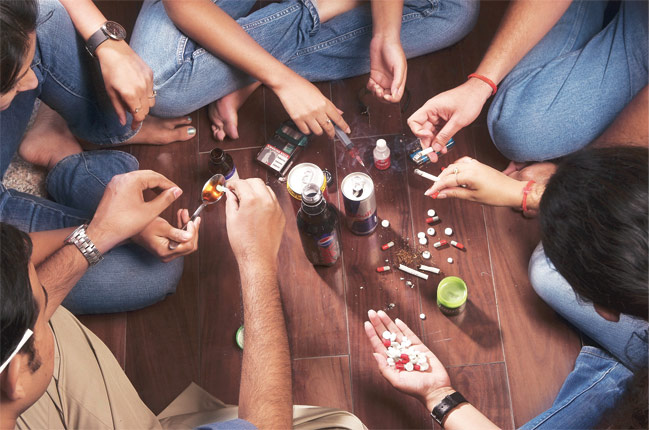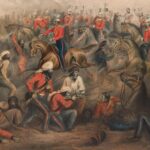Background
Much work has been done in the Punjab province regarding drug abuse, but the focus on prevention has not been forthcoming. Anti-addiction services are provided in almost every province of Punjab. The strong part of prevention and control, i.e., prevention strategy and addiction eradication services, is critical to the impact you want. An effort is being made to develop a national anti-drug strategy in the state of Punjab, India, at the request of the national government.
Materials and methods
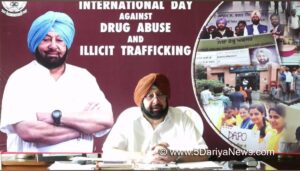
The prevention model program was developed based on the situation analysis, stakeholder workshops, and consultation meetings with various key stakeholders from the Punjab province.
- Results: One in seven people (~ 15%) in Punjab are currently dependent on anything, including illegal and illegal. This figure, compared to the global situation, was much higher than expected. Overall drug use is prevalent in men and is more common in rural areas. The prevention strategy in Punjab called the ‘Punjab Substance Prevention Plan (P-SAP)’ will have a comprehensive approach focused on promoting health and continuous care (Prevention-Treatment-Rehabilitation) that directs Measures to Reduce Given-Need-Injury. It is the first of its kind to include a multi-sectoral approach aimed at preventing drug abuse at the district, block, district, and provincial levels. Implementation requires the political and administrative will of the co-operatives of all political parties and key stakeholders. Life skills education should be introduced in school education and be part of the curriculum. The state must ensure the institutional framework and method of its participation and adequate resources for effective implementation.
- Conclusion: This model should be used in government and can be tried and adapted in other provinces of India and low- and middle-income countries.
Introduction
Substance abuse is a psychological and psychological problem that has profound implications for public health. Studies have shown that 16-21-year-olds are at greater risk for drug addiction, and the risk of drug overdose increases with age. Young people are especially vulnerable because they do not see themselves as “in danger.” A National Survey on the level, pattern, and practices of drug abuse in India reveals that there are approximately 73 million drug users (including alcohol) in India, 13 million of whom. Every year, some 55,000 children (mostly boys) start smoking. These children often come from poor socioeconomic status, poor social support, broken homes, and are victims of poverty and discrimination.
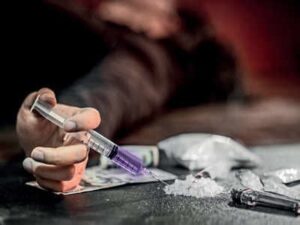
According to the World Drug Report (2017), 29.5 million people worldwide have a substance abuse problem. Opioids were the most dangerous type of drug in 2015 and accounted for 70% of the adverse health effects associated with drug use worldwide. According to the National Mental Health Survey (2015–2016), the prevalence of tobacco use, alcohol abuse, and other substance abuse disorders is 5.4%, 7.9%, and 2.5% in Punjab, respectively.
A recent epidemic of drug-related epidemics in Punjab shows that the prevalence of lifelong and current dependence (12 months) on any substance was 15.8% (95% confidence interval [CI]: 15.1–16.4%) and -14.7% (95%) CI: 14.1–15.3%), respectively. In some cases, current dependence was significantly higher on alcohol (10.9%; 95% CI: 10.3-11.4%), followed by tobacco (8.1%; 95% CI: 7.7-8.6%). With regard to opioids, long-term use was 1.9% (95% CI: 1.6–2.1%) and the current dependence was 0.8% (95% CI: 0.7-1.0%). Consumption and dependence on natural opioids were very high. Overall, drug use was more common in men and more common in rural areas.

Factors such as depression, poverty, testing, and peer pressure play an important role in initiating, preserving, and intervening in drug abuse treatment.
Medical-focused anti-addiction services are provided in all Punjab regions. A pyramid model of treatment is already in use in Punjab, but it does not include the prevention and control of drug abuse in the province. [6] The strong part of prevention and control is critical in preventing drug abuse in government. This paper reports on the development process and the effects of such a nationwide prevention model.
Materials and methods
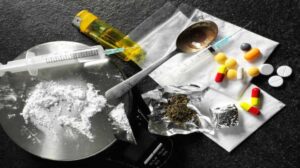
The Punjab government has sent an invitation to one of its authors (JS Thakur) to issue a national defense program against drug abuse in the province of Punjab. The purpose of the prevention model was prepared based on case analysis, stakeholder workshops, and consultation meetings with key Punjab regional officials such as Advisor Health, Punjab; Secretary-General, Health and Family Welfare and related departments; Special Secretary of Health; Mental Health Cell counselors, Punjab; and the Central Narcotic Control Bureau, Chandigarh. The strategies and activities of the draft plan were shared with the authors at a high-level stakeholder workshop held on 1 March 2015, in Mohali. Updates to the meeting are included.
